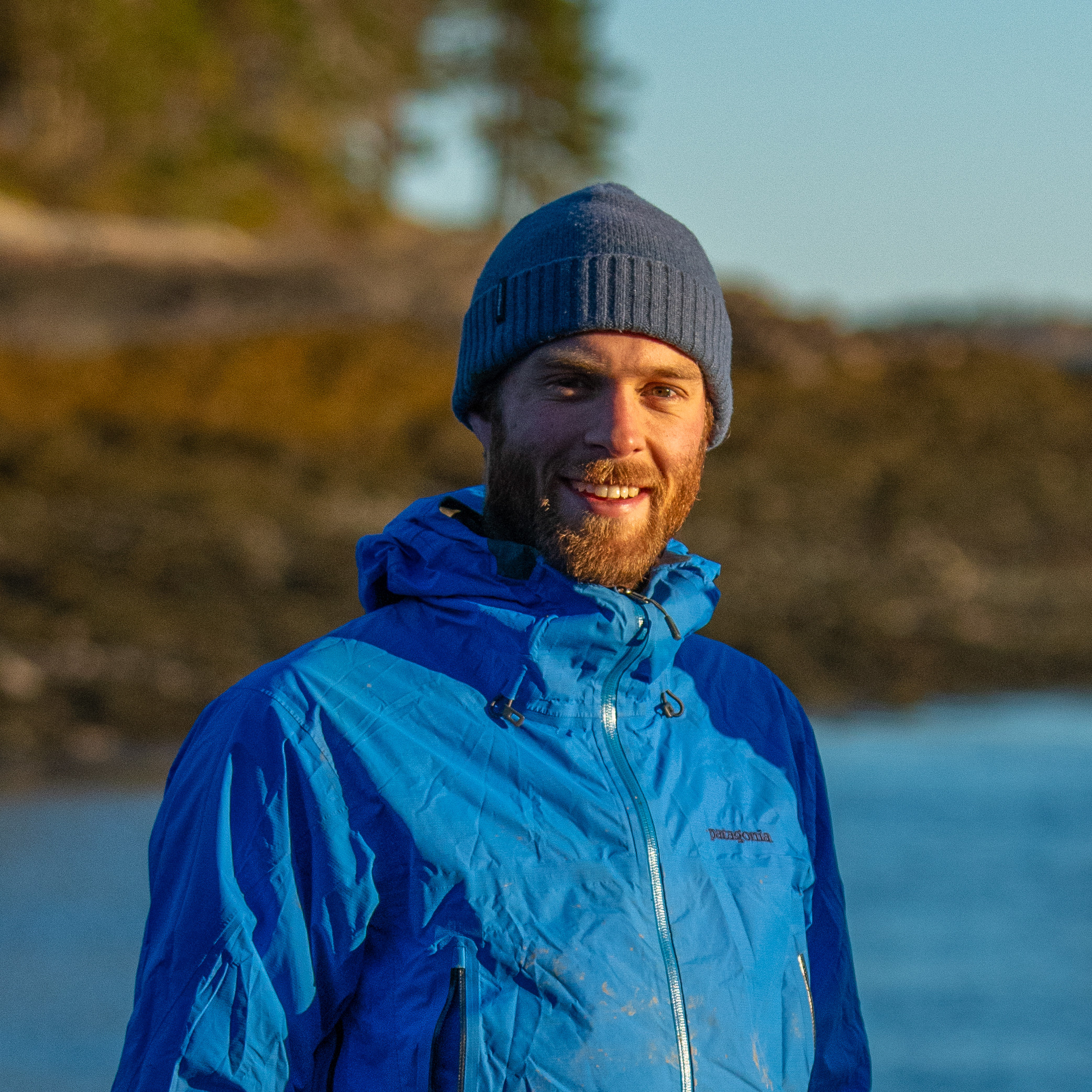Project Results
Thank you all for your support of this project! If you are interested in reading a recent project update and following along as the project develops over the coming years, visit the project page on the Maine Natural History Observatory website at: https://mainenaturalhistory.or...
About This Project
Maine has historically provided vast habitat for forest-breeding birds. Numerous species that breed in North American boreal forests exhibit southern range margins in Maine. As the state's climate warms during the 21st century, climatic models suggest that high elevation and eastern coastal zones may provide cool microhabitats where boreal breeding birds can persist. This project will address current inventory gaps by characterizing the forest songbird communities on twelve Maine islands.
Ask the Scientists
Join The DiscussionWhat is the context of this research?
The recently completed 2nd Maine Bird Atlas (MBA; 2018–2022) compiled extensive data on the distribution and abundance of breeding birds in Maine. MBA data will document changes in species’ distributions and abundances since the completion of the 1st MBA (1978–1983). These logistically challenging, multi-year atlases are critical benchmarks in our understanding of how birds are responding to climate change. While the 2nd MBA had extensive spatial coverage across Maine, there are significant data gaps that remain. In particular, the MBA included only a small subset of the thousands of coastal islands that span the Maine coast. There are few available data on the use of small forested islands—an abundant habitat type in Maine—by breeding landbirds.
What is the significance of this project?
As mean and maximum air temperatures increase in Maine over the 21st century, the distributions of some landbirds are predicted to shift toward cooler microclimates, such as northern forest and eastern coastal zones. Given these probable range contractions in Maine for some landbirds, it is critical to collect comprehensive baseline data in the zones of future climate change refugia. Monitoring avian biodiversity on small forested islands will allow wildlife managers and island recreators in Maine to understand the value of this widespread habitat type within the larger coastal ecosystem.
What are the goals of the project?
We will use a passive acoustic monitoring approach on twelve islands in Maine between Penobscot Bay and Cobscook Bay. Autonomous recording units (ARUs) will be deployed on islands in mid-May and retrieved in mid-July. ARUs will collect acoustic data for two hours after sunrise and one hour before sunset, during which periods breeding birds are most vocally active. We will place units within various sub-habitat types—such as forest interior, forest edge, and shrubland—to maximize detection across bird groups. The main output from this project with be an open-access, interactive geospatial web tool that will allow wildlife biologists and the public to view our project data.
Budget
Our funding target of $2000 will allow us to purchase four autonomous recording units (ARUs; $499 each). With two ARUs per island, this will allow us to add two islands to the project. We are using a passive acoustic monitoring approach to collect data on island bird communities.
Endorsed by
 Project Timeline
Project Timeline
As of mid-October 2023, we are working with several organizations in Maine (such as The Nature Conservancy and Maine Coastal Islands National Wildlife Refuge) to finalize the list of islands to include in the study. We will deploy acoustic units on islands between mid-May and mid-July 2024. The second half of 2024 will be spent determining species identities in the acoustic data and building the interactive geospatial web tool.
Oct 15, 2023
Finish analyzing acoustic data
Oct 27, 2023
Project Launched
Dec 31, 2023
Finalize list of research islands
May 15, 2024
Deploy ARUs on islands
Jul 15, 2024
Retrieve ARUs from islands
Meet the Team
Affiliates
Elliot Johnston
Elliot is a community ecologist who is interested in wildlife-habitat relationships and species interactions, and, ultimately, how this information can shape effective conservation actions. He completed his PhD in Ecology and Environmental Science at the University of Maine in 2023, and he is excited to continue developing coastal research projects at Maine Natural History Observatory. During graduate school, his research included examining the effects of commercial seaweed harvest on intertidal birds, describing the winter diet of Purple Sandpipers, and examining the foraging ecology of a subalpine amphibian population. Elliot resides in Bangor, Maine and is an avid trail runner and sea kayaker.
Additional Information
Map of the pilot phase of the project during summer 2023. We successfully piloted our study design on two islands in Maine.
Project Backers
- 12Backers
- 100%Funded
- $2,000Total Donations
- $166.67Average Donation


